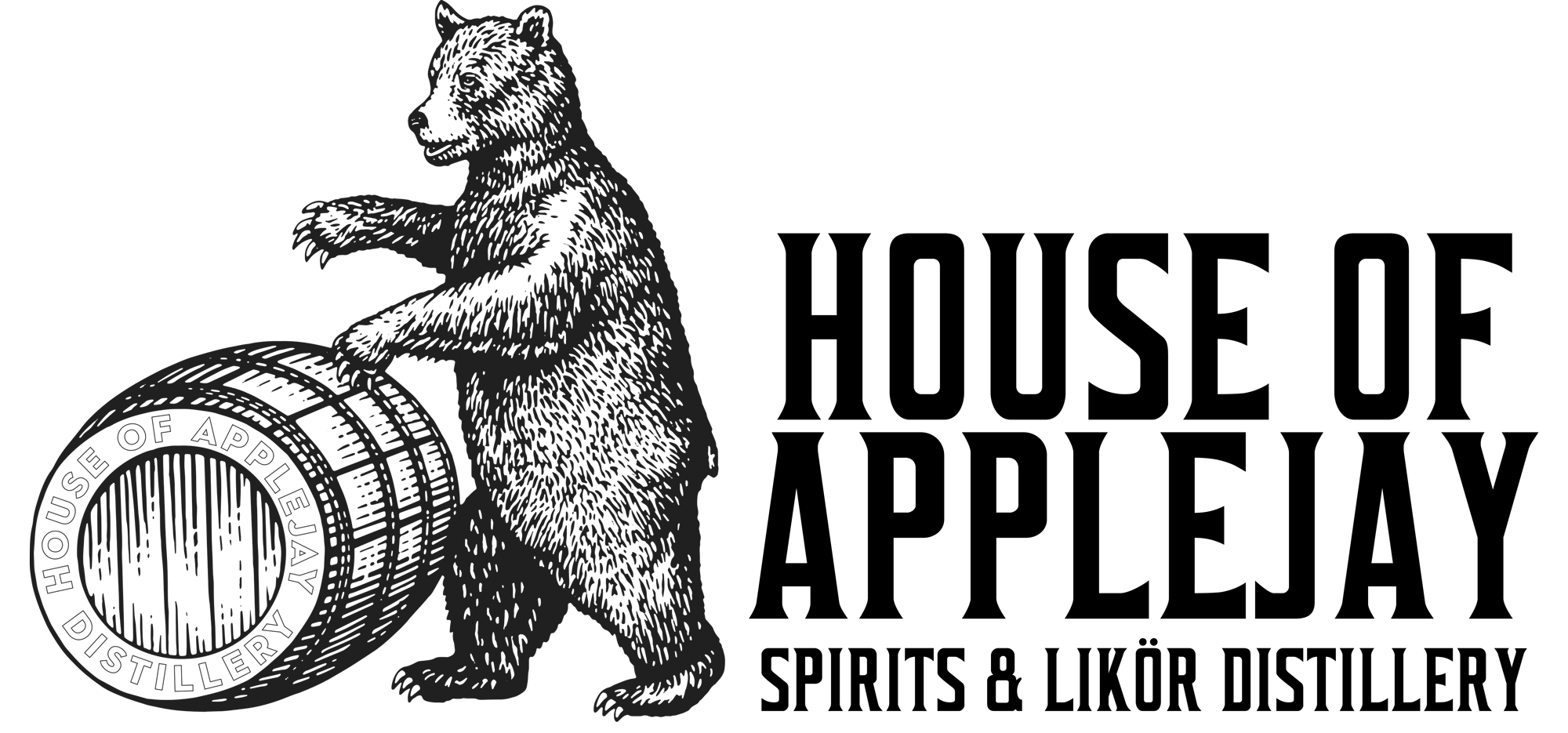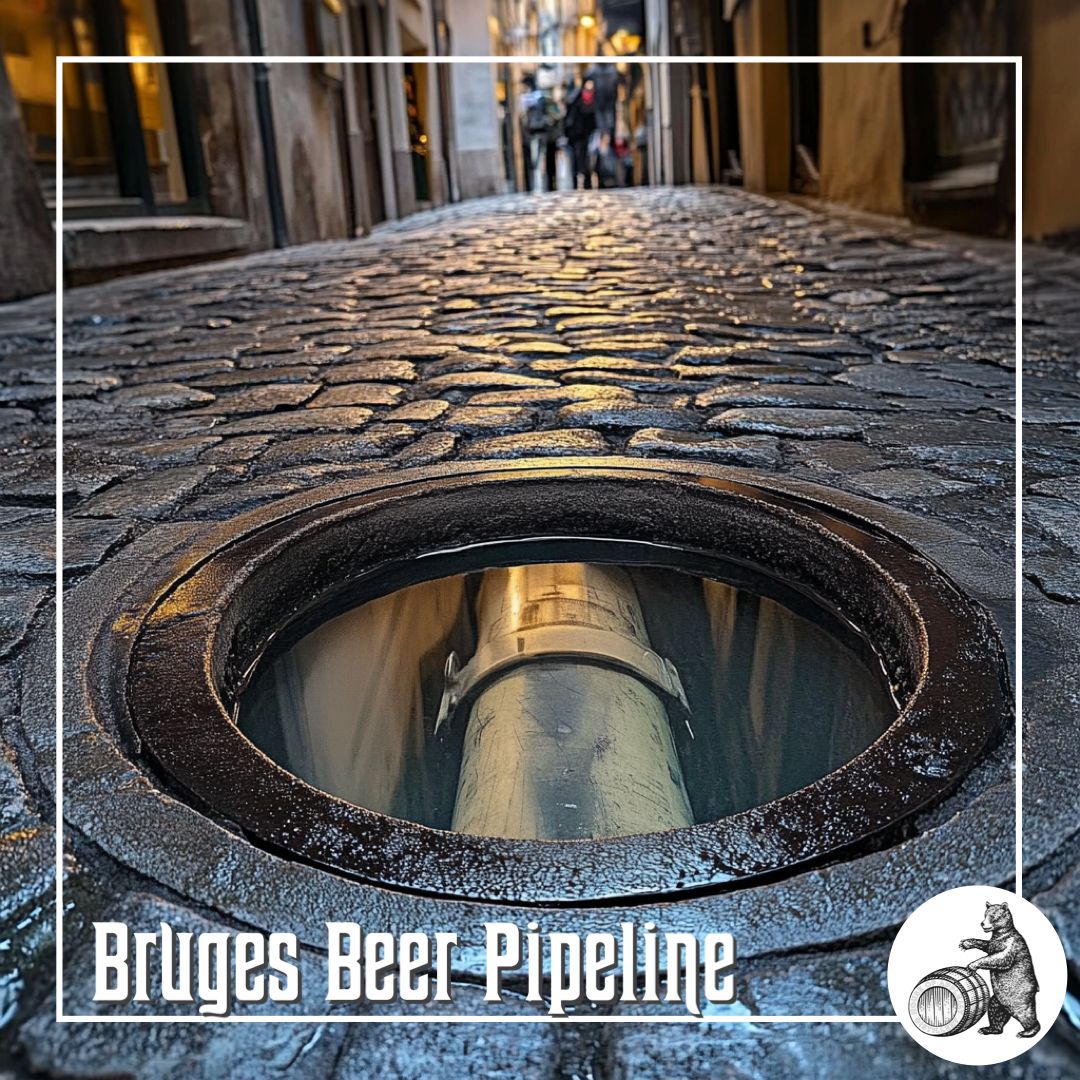The Beer Pipeline of Bruges
The Beer Pipeline of Brouwerij De Halve Maan
It sounds like a myth—a fantastical tale of beer flowing beneath cobblestone streets—but it’s not. In the heart of the medieval city of Bruges, Belgium, where centuries-old architecture meets a rich brewing heritage, one brewery tackled a 21st-century challenge with a groundbreaking solution. In 2016, Brouwerij De Halve Maan unveiled a 3-kilometer underground beer pipeline that transformed both its operations and the city itself.
The Challenge: A Brewery at a Crossroads
Founded in 1856, Brouwerij De Halve Maan has been an integral part of Bruges’ history. Its location in the city’s historic center is both an asset and a logistical hurdle. As production increased, transporting beer to their bottling plant—situated on the outskirts of town—became a problem. Large tanker trucks struggled to navigate the narrow, cobblestone streets without disrupting daily life and damaging Bruges’ UNESCO World Heritage charm.
Rather than relocate or compromise the city’s infrastructure, the brewery turned to innovation.
The Ingenious Solution: A Pipeline Beneath the Streets
The idea for the beer pipeline came from Xavier Vanneste, the owner of Brouwerij De Halve Maan and a visionary committed to preserving both his family’s brewing legacy and Bruges’ historic character. Running 3 kilometers underground, the pipeline connects the brewery to its bottling facility outside the city. Constructed from high-quality polyethylene, the pipeline can transport up to 4,000 liters of beer per hour, ensuring the brewery’s operations remain efficient and sustainable.
The Science Behind the Suds
The pipeline’s design required precise engineering to ensure the beer’s quality was not compromised during transport. Engineers had to account for factors such as:
- Temperature Control: The pipeline was insulated to maintain the beer’s optimal temperature.
- Pressure Regulation: Pumps and valves were meticulously calibrated to prevent foam formation or oxidation, both of which could ruin the beer’s flavor.
- Material Choice: Polyethylene was selected for its durability, resistance to contamination, and food-grade safety standards.
Bruges’ New Heritage
The pipeline’s impact extends beyond logistics. By eliminating the need for beer tankers, Brouwerij De Halve Maan reduced traffic congestion, noise, and emissions within the historic city. The project also protected Bruges’ fragile cobblestone streets from damage caused by heavy vehicles.
While practical in design, the beer pipeline captured imaginations worldwide. Headlines celebrated the idea of a literal beer flow beneath Bruges. The project’s funding even became a community event: part of the construction costs were crowdfunded, with contributors earning unique rewards such as a personal supply of beer. The beer pipeline exemplifies how ancient brewing traditions can coexist with modern engineering. It’s a testament to innovation that respects history, providing a model for balancing heritage preservation with contemporary needs.
The Broader Influence
- Sustainability: By reducing truck emissions and preserving city infrastructure, the pipeline highlights eco-conscious innovation.
- Tourism: The story has become a point of pride for Bruges, drawing visitors intrigued by the brewery’s ingenuity.
- Marketing: Brouwerij De Halve Maan’s decision to marry tradition with technology turned a logistical challenge into a global sensation.
Other Beer Pipelines in History
Interestingly, there have been other instances of beer pipelines in different contexts. For example:
- Veltins-Arena in Gelsenkirchen, Germany (2001): This football stadium features a 5-kilometer beer pipeline that supplies its bars. It was designed to meet the high demand for beer during matches and events, ensuring a steady and efficient supply to the venue’s numerous taps.
- Thor Brewery in Randers, Denmark: In the mid-20th century, Thor Brewery operated a beer pipeline with copper pipes running directly from the brewery to local establishments. While innovative for its time, this pipeline was decommissioned as the brewery modernized and centralized its operations.
These earlier examples, while practical, did not inspire the same artistic or cultural fascination as the Bruges pipeline, which has become a symbol of blending heritage with innovation.
A Toast to the Future
Brouwerij De Halve Maan’s underground beer pipeline is more than a logistical feat; it’s a symbol of creativity and respect for heritage. It proves that with vision and ingenuity, even age-old industries like brewing can adapt to modern challenges while remaining true to their roots. So, the next time you raise a glass of Belgian beer, take a moment to appreciate the innovation—and the pipeline—that keeps traditions alive in the 21st century.
The Distilling Culture
BLOG
Embark on a global journey, and you’ll find that cultures possess tales that harken back to their ancient beginnings of distillation, brewing, and winemaking.
info@houseofapplejay.com
67 Fowler St, Bldg B, East Ellijay, GA 30540

